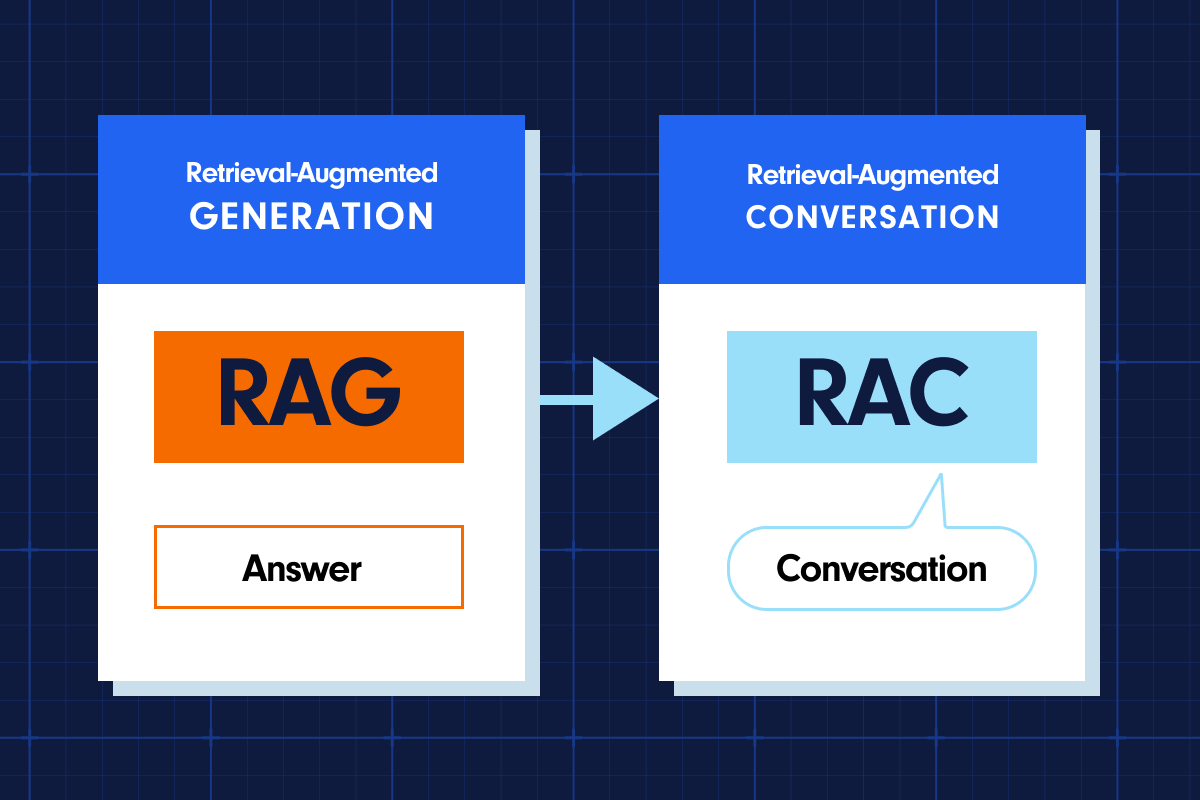Part 1
At the beginning of the year, as the economy boomed and social distancing had yet to enter the lexicon, the problem of data mismanagement was well known, but solutions were often relegated to secondary tasks in unruly digital transformation plans. Today, as the service industry seeks to keep employees safe while still meeting SLAs, especially important in critical industries like healthcare device manufacturing, capturing and analyzing the most important data in a way that leads to actionable insights becomes more urgent.
In this two-part blog, we are taking a look at the challenges that today’s service leaders face when it comes to capturing information including tribal knowledge, free text data, and siloed information, and using it to drive better decision making.
What are the Biggest Data Challenges in the Service Industry?
Data integration and analyzation is a dirty word in some enterprises because historically it’s been so challenging to mine and the effort was thought greater than the ROI. Siloed systems can’t feed each other information. Customer info in a CRM never crosses path with ERP data, nor does it interact with the parts management database.
There’s also the deep bench of workforce knowledge. Don’t overlook your veteran field engineers who have decades of combined tribal knowledge about customers, products, processes, and equipment that is rarely documented. In addition, the service industry still jots down handwritten notes on customer service orders. This is the kind of key information that can make a big impact on service delivery, but never makes it into any kind of database.
Once it’s all harnessed and analyzed, this untapped data can solve some of your most critical business challenges.
How Can the Service Industry Overcome Data Barriers?
The best way for service enterprises to solve the data analysis gap is to crack the code on data that already exists in the organization. AI-powered tools that can learn an organization’s unique service language, understand user intent regardless of a wide variety of inputs and word choices, and are able to get smarter over time is the way forward in today’s service climate, It’s also a key tool in skilling up junior employees and meeting SLAs under demanding circumstances.
With machine learning and AI tools, it’s possible to dig deep and analyze historical and real-time data. This includes everything from CRM or parts management databases to free text like emails, technician and call center agent comments as well as information taken directly from device manuals.
It also includes one of the most challenging but important data points to capture — tribal knowledge. This information has always been a challenge to catalog, and a retiring workforce puts it at high risk of being permanently lost once these experts leave the organization.
In the next blog, we’ll look at specific ways to utilize disparate and untapped data (and do it now) to optimize critical business decisions, increase efficiency, and drive greater customer satisfaction.
For more information, download the ebook Dirty Data Secrets: Squeezing Out Actionable Service Insights From Hidden Data.
Recent Posts
-

How Businesses Can Avoid Becoming Part of Gartner’s Predicted 40% Failure Rate in Agentic AI Projects
Read More »July 14, 2025 Assaf Melochna







